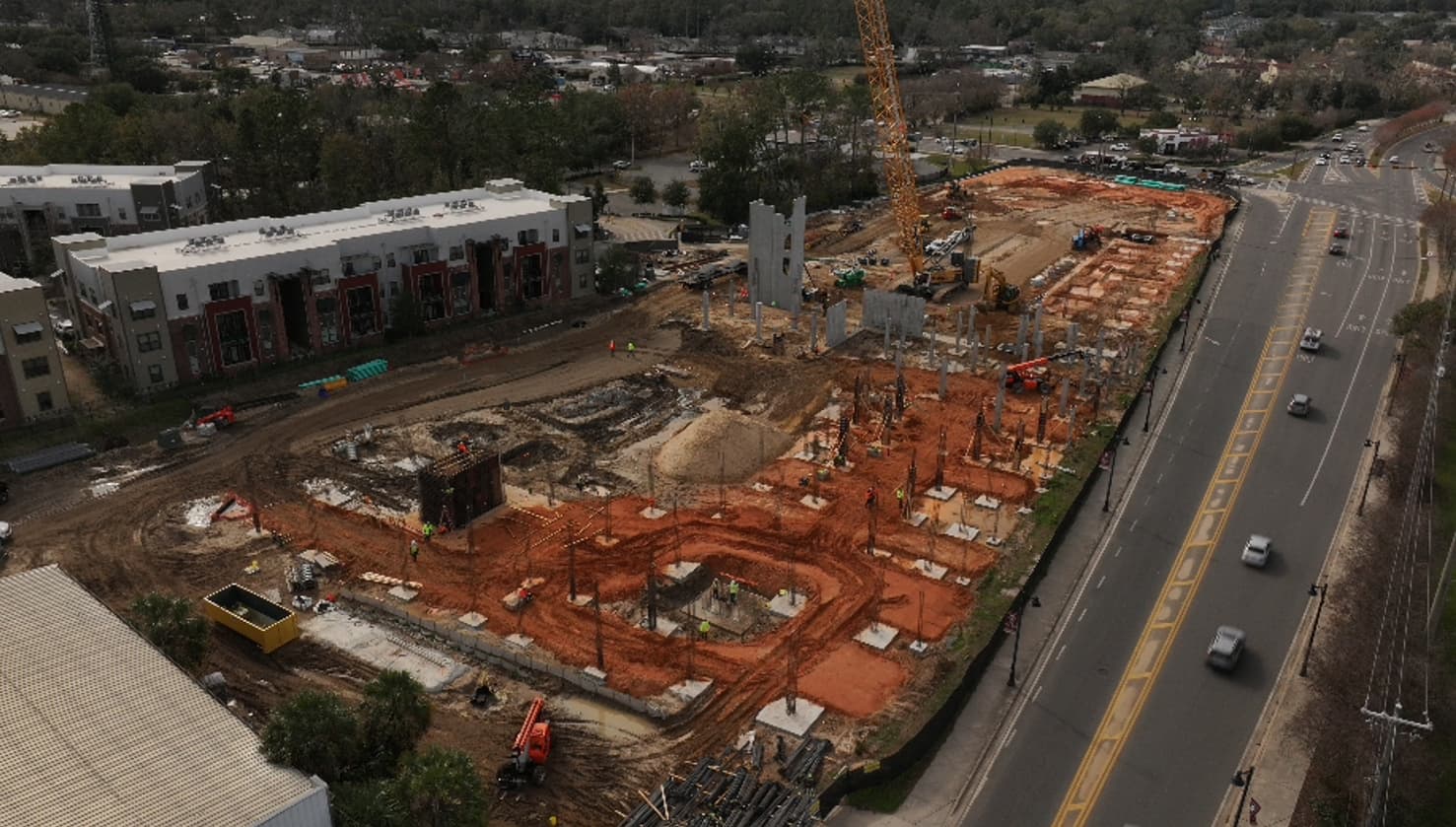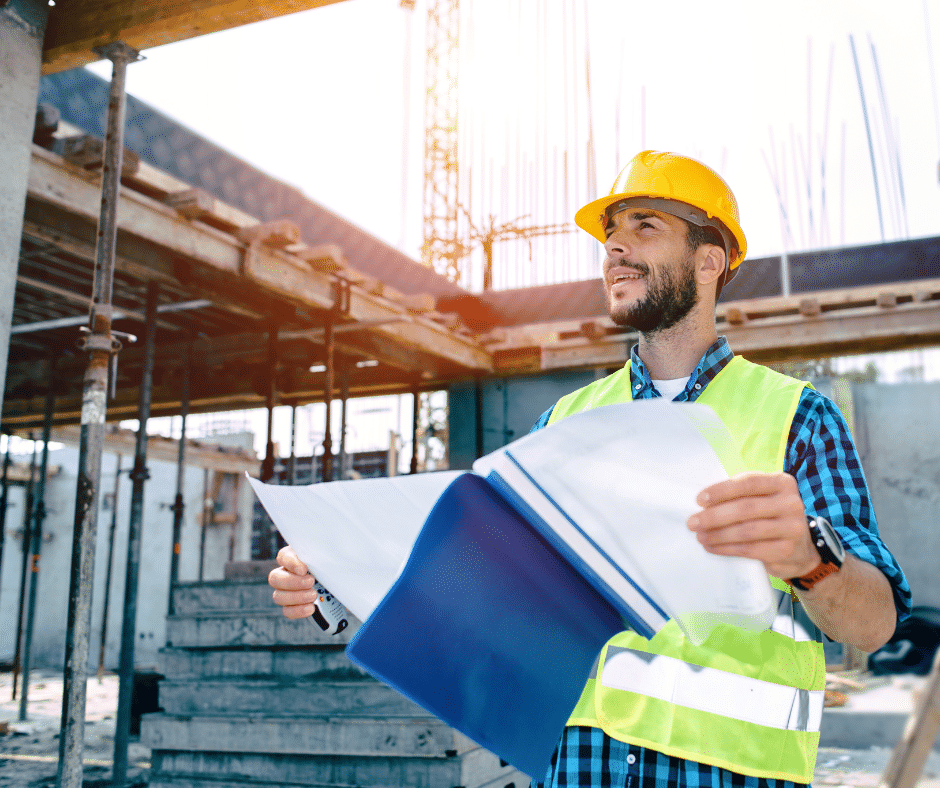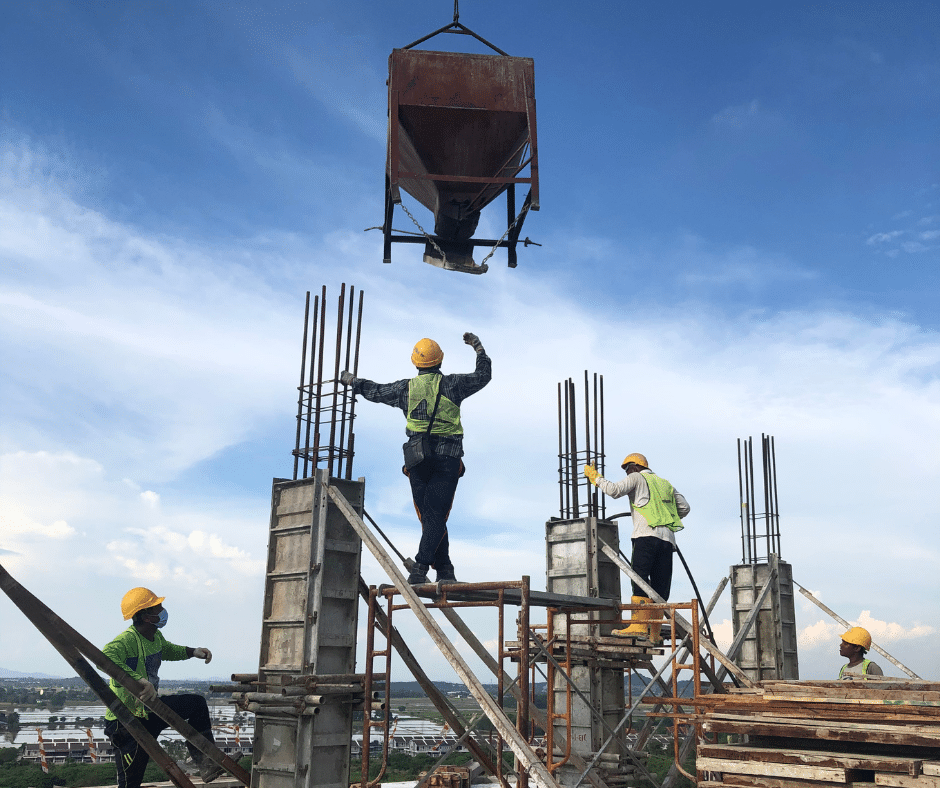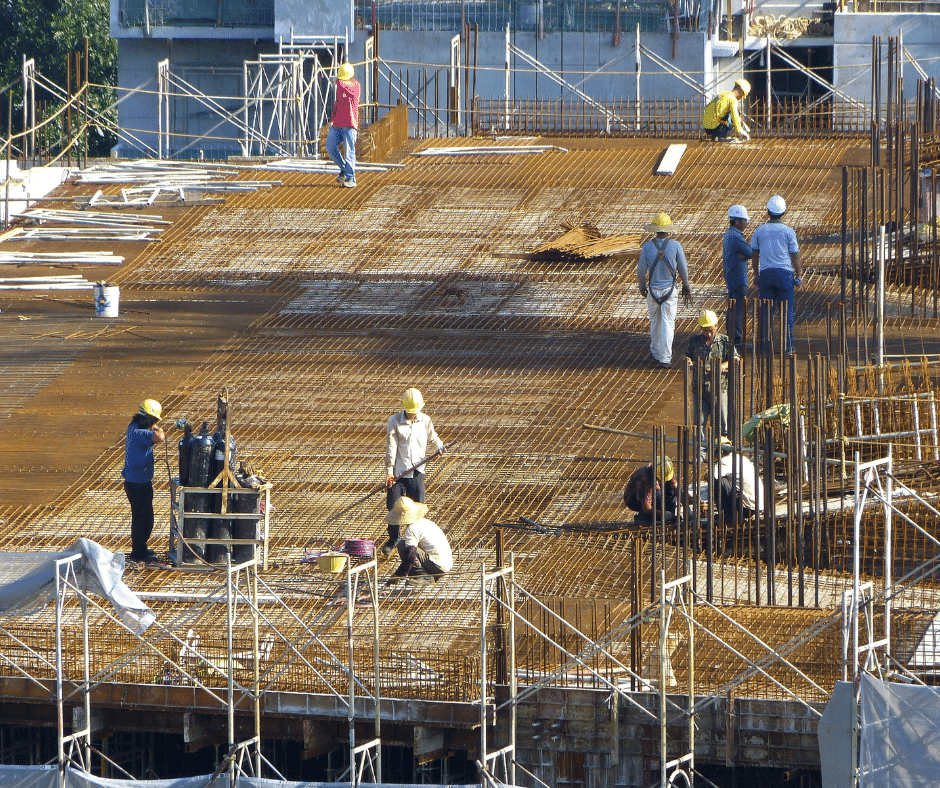Concrete has come a long way from its humble beginnings as a practical material for construction. Have you noticed how a modern building uses concrete in a cool way? Today, it’s a source of motivation for modern designers who are continuously trying the limits of what’s possible in the world of projects. With its strength, versatility, and adaptability, concrete has become an essential ingredient in creating iconic structures that redefine your cities. It is robust, adaptable, and can take on numerous sizes and forms. As a resident of the USA, if you are looking for a Concrete contractor in Georgia, you can freely go through JAMISON CONSTRUCTION. They provide the best architectural designs as per your needs. Here we explore the role of concrete in modern architectural designs that inspire personal growth and positivity.
Strength and Durability:
Excellent strength and durability are two main factors contributing to concrete’s ongoing appeal in modern architecture. Thanks to these characteristics, architects can create buildings that will endure for many generations, withstanding the effects of weather and time. One of the main reasons concrete is so durable is that it can be used to build enormous, intimidating constructions like skyscrapers and bridges.
The Flexibility of Structure:
Beyond only being structurally sound, concrete is versatile. Its malleability throughout the construction process, which enables the fabrication of several forms and shapes, draws architects. Concrete allows architects to precisely realize their innovative plans, as shown in the sweeping curves of the Burj Khalifa in Dubai and the sharp edges of the Shard in London. A wide range of architectural styles, from modern minimalism to brutalism, have been inspired by this adaptability.
Innovative Textures and Finishes:
Modern architects often experiment with concrete to achieve innovative textures and finishes, breaking away from the monotony traditionally associated with the material. Techniques such as polished concrete, exposed aggregate, and textured molds allow for the creation of visually striking surfaces that add depth and character to buildings. These creative applications transform concrete from a mere construction material into a design element that contributes to the overall aesthetic of a structure.
Ecological Methods:
Concrete has evolved to satisfy the needs of ecologically sensitive design at a time when sustainability is a top priority for architects. Concrete mixtures that use recycled elements like fly ash and slag have a lower carbon footprint. Concrete technology developments have also produced self-healing concrete, which can self-heal cracks, and photocatalytic concrete, which neutralizes pollutants in the air to help purify it. Because of these developments, concrete is now a preferred material for environmentally friendly designs since it adheres to the fundamentals of sustainable architecture.
Combining Technology with Integration:
The technological compatibility of concrete has created new opportunities for modern architectural innovation. Concrete constructions that have smart technology integrated within them can respond and adjust dynamically. Concrete has evolved into a material that enables intelligent building-environment interaction, from self-sensing concrete that recognizes structural changes to the application of embedded sensors.
Conclusion:
In the end, concrete plays a significant role in contemporary architectural designs, beyond its practical beginnings. Because of its resilience, strength, and flexibility, architects have been able to push the envelope and create iconic buildings that help define the modern urban scene. It continues to be a dynamic and essential medium in the hands of forward-thinking architects creating the cities of the future, as the link between technology, sustainability, and design continues to change. JAMISON CONSTRUCTION delivers the best in the business from beginning to end, from estimation to execution, and beyond. For further information contact them today.





